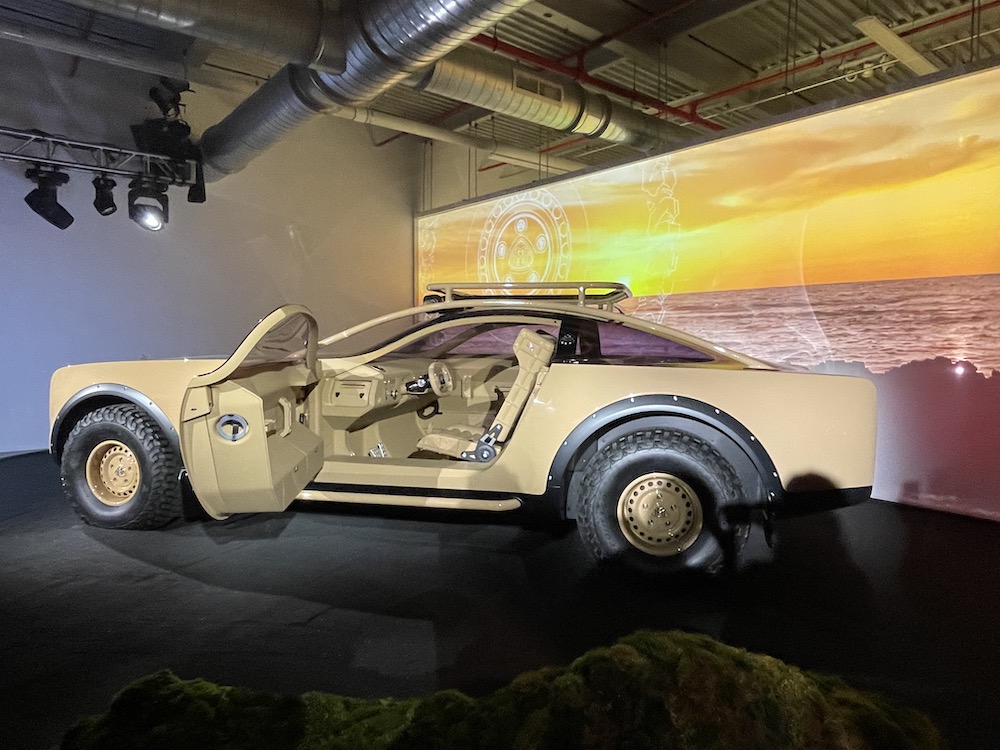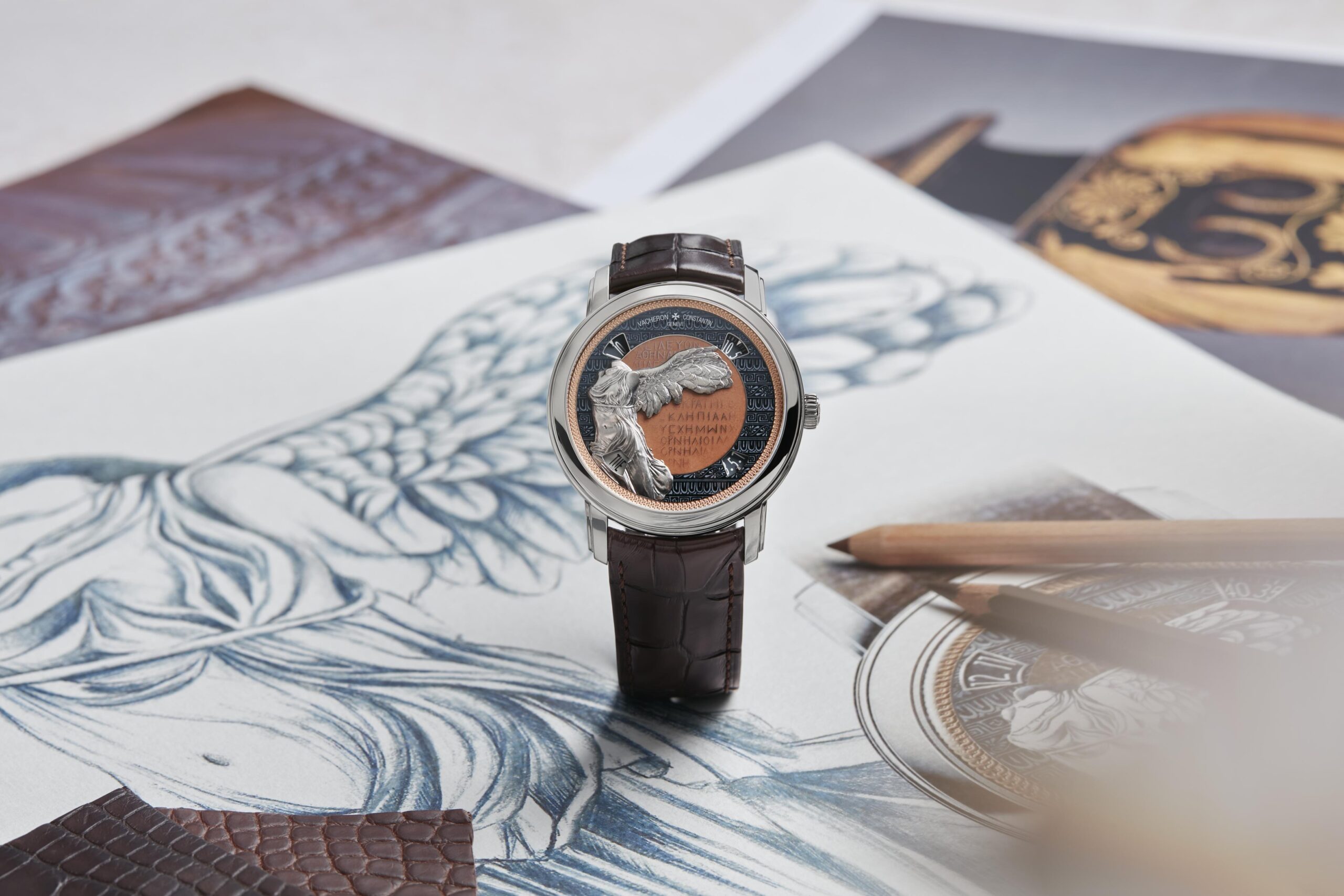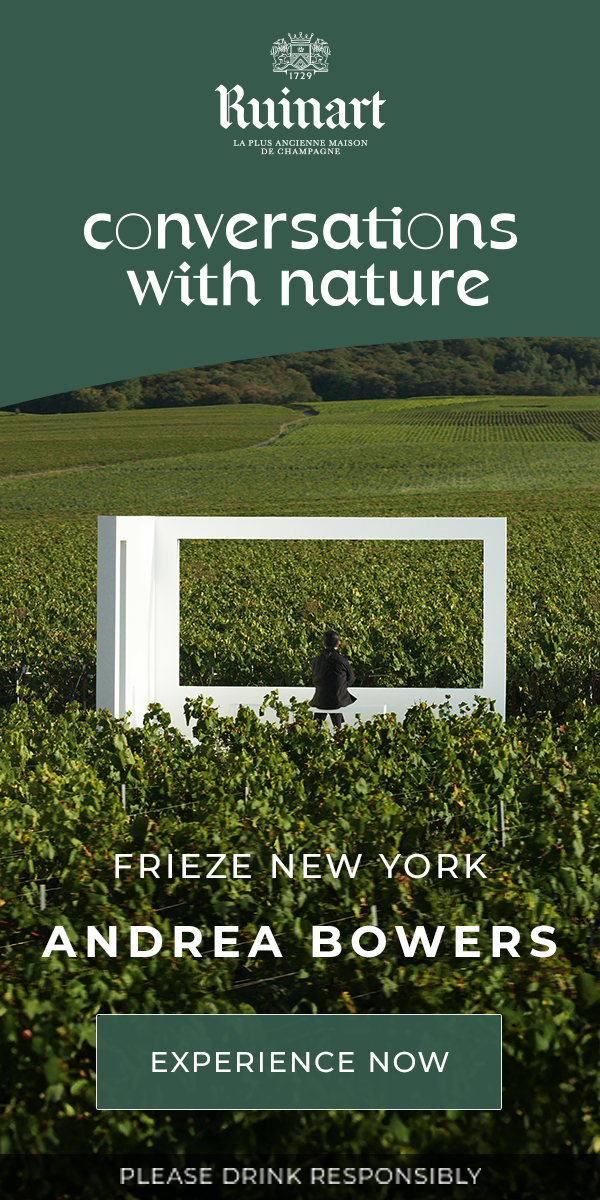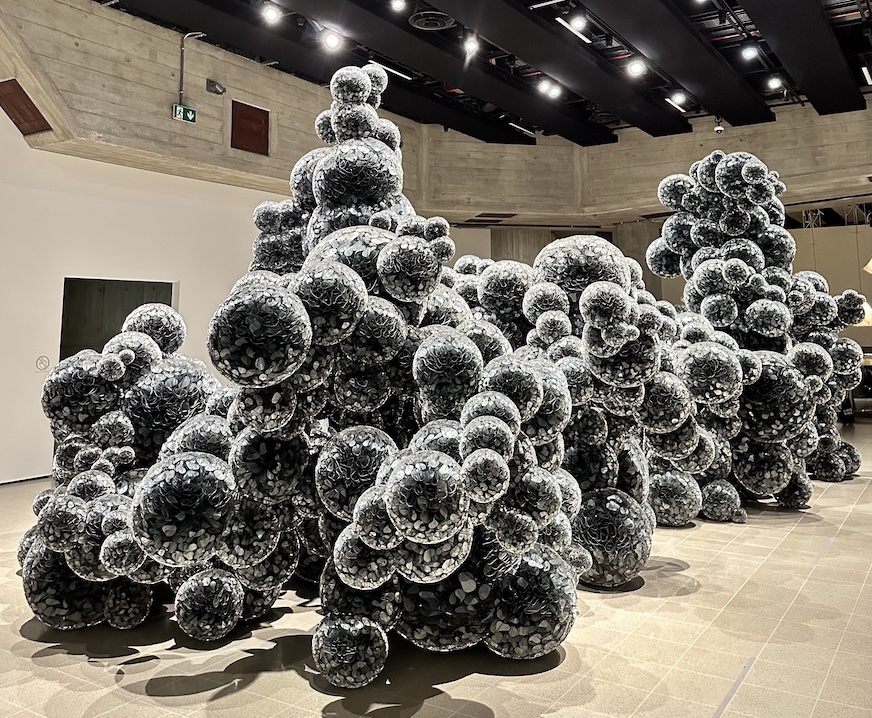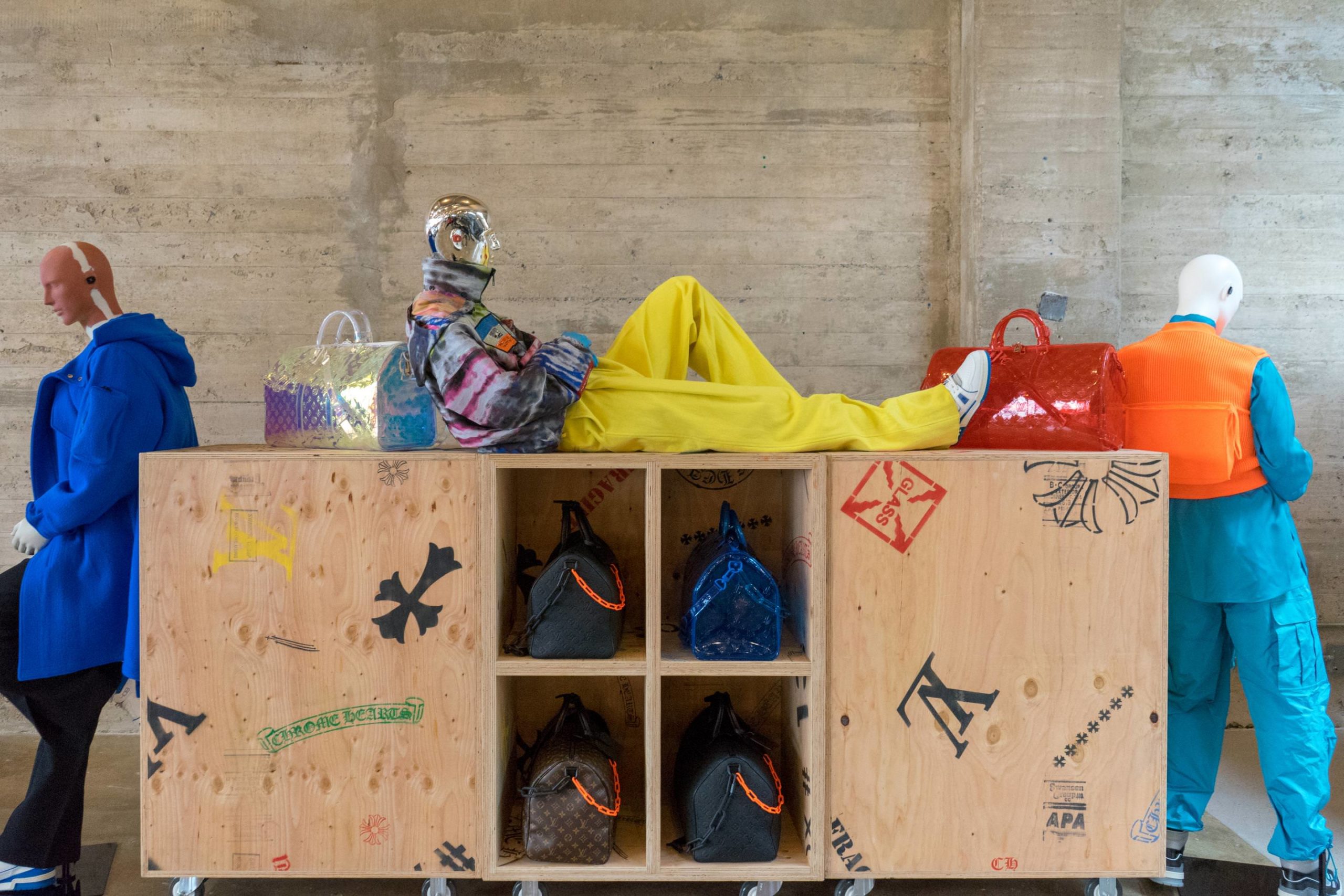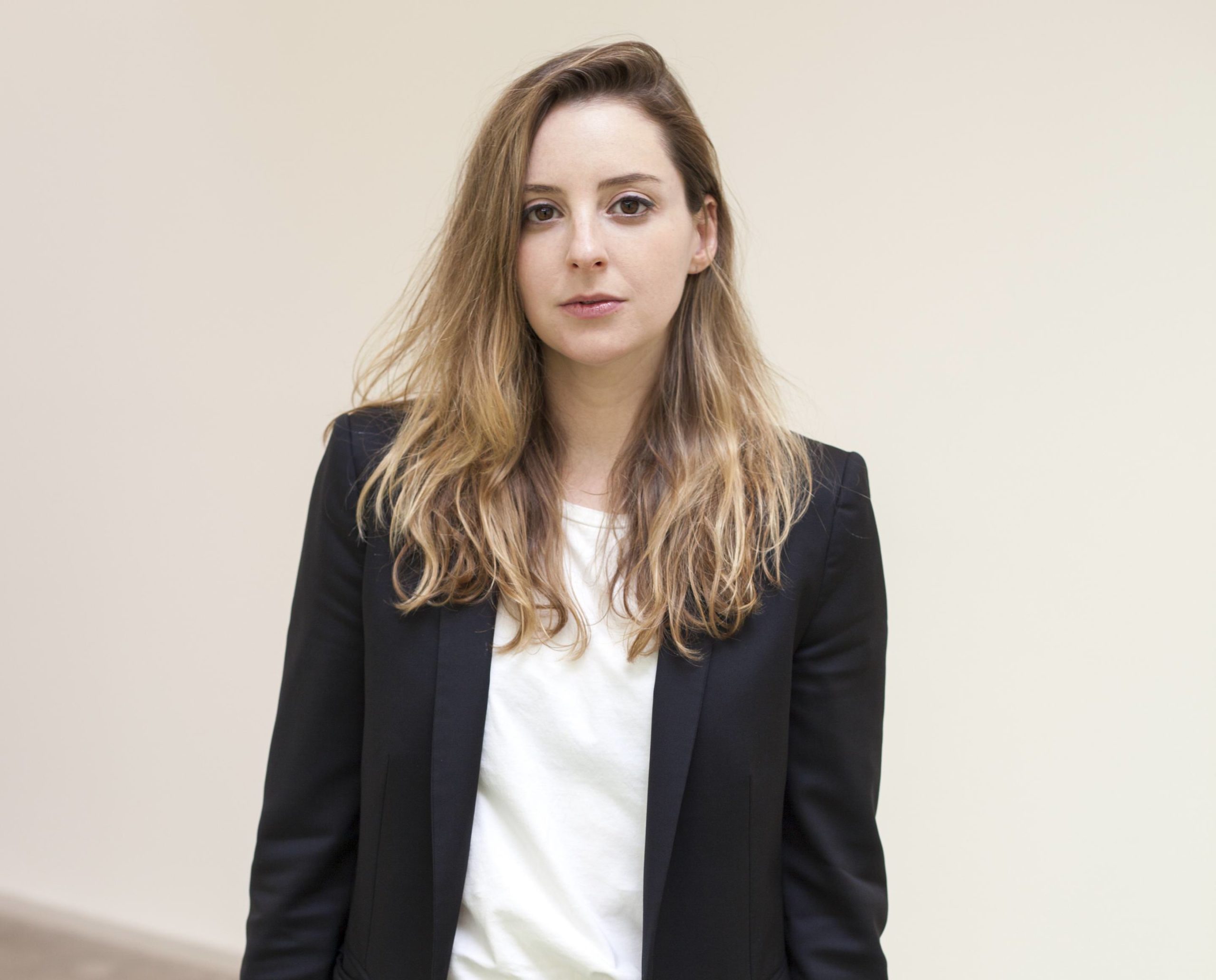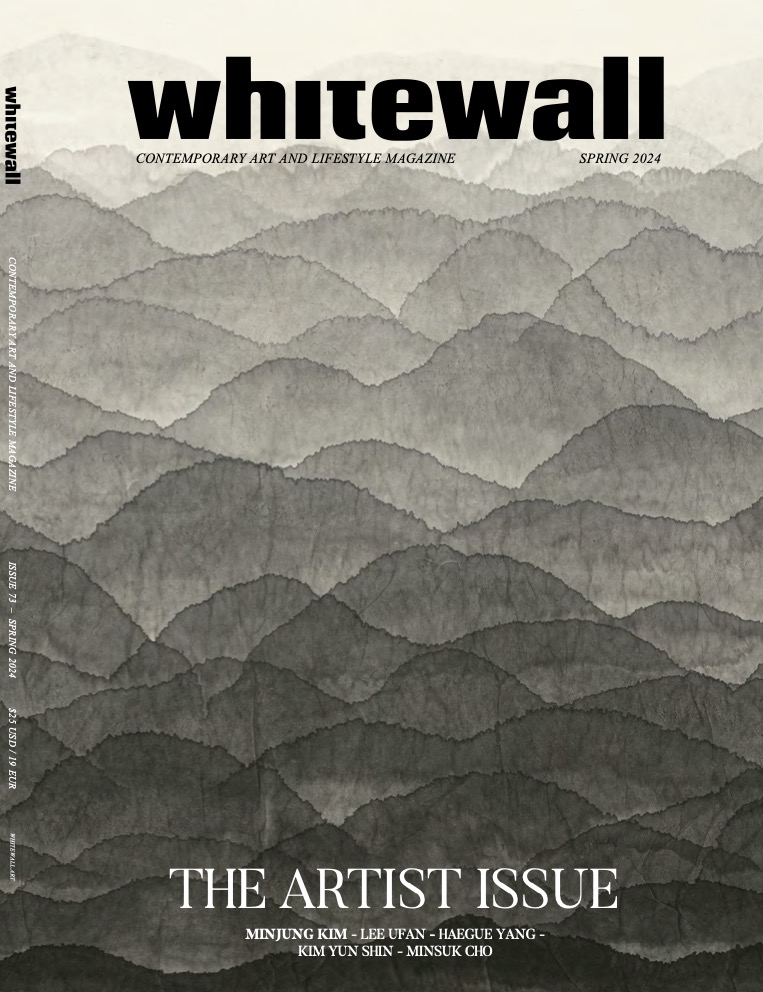Well-liked for offering the possibility of discovery and intriguing juxtapositions, Frieze Masters will host 130 dealers this year. Along with many returning galleries, joining the fair are Desmet Gallery, rare and artists’ book dealers Bernard Shapero and Benjamin Spademan, and 20th-century spaces like Galerie Thomas and Eva Presenhuber. Frieze Masters deputy director Nathan Clements-Gillespie tells us what to keep our eyes out for in this year’s edition, as well as in the Spotlight and Collections sections, curated by Toby Kamps and Sir Norman Rosenthal, respectively.
WHITEWALLER: How has the makeup of the fair evolved this year in terms of participants?
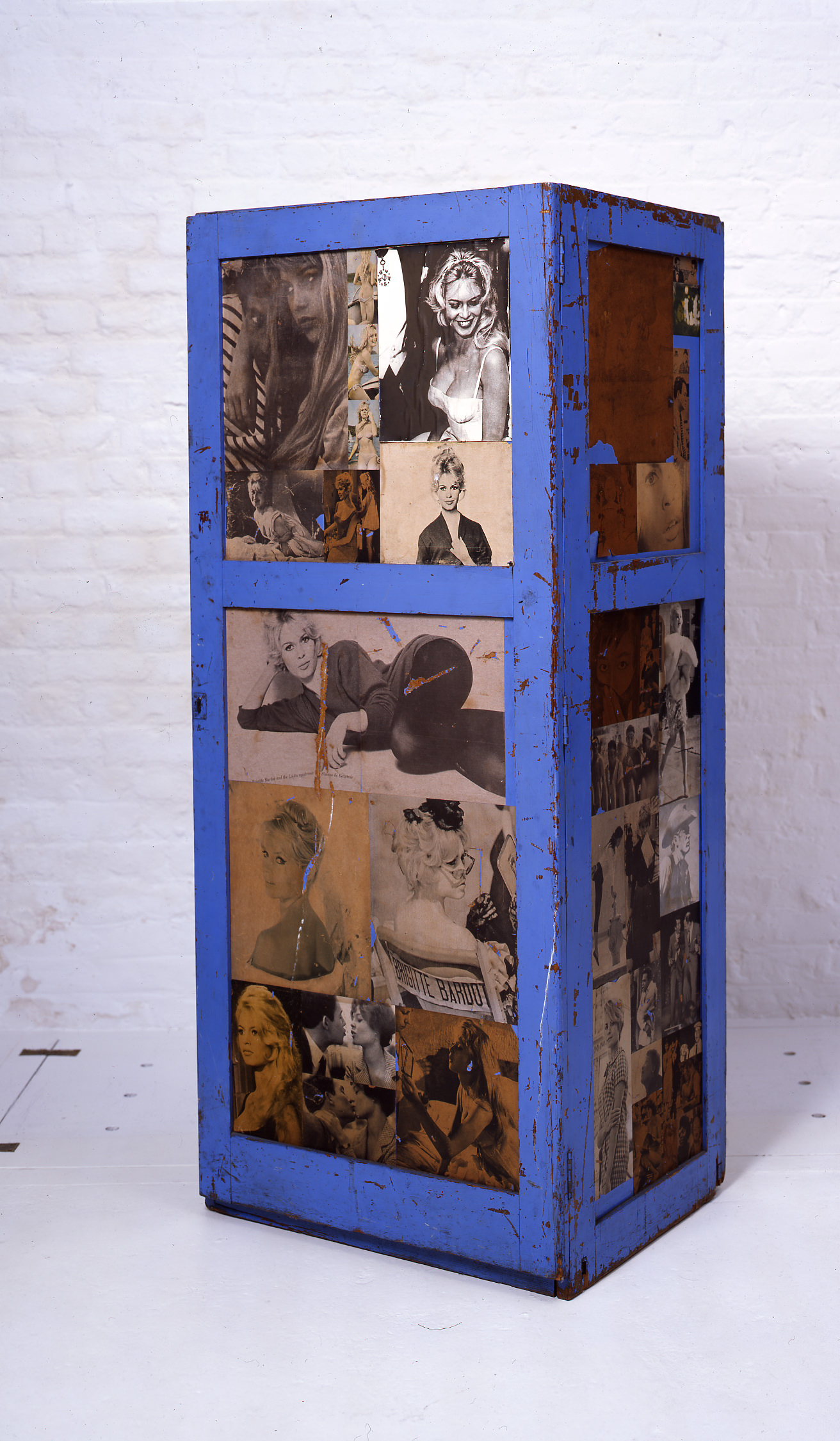
Peter Blake
Locker
1959
Mixed media
152 × × 50.5 × 66 cm
Courtesy of Waddington Custot Galleries
NATHAN CLEMENTS-GILLESPIE: Exhibitors are keen to engage with the fair’s strengths: Antiquities have become a highlight at Frieze Masters, with Ariadne and Ghezelbash, while dealers in tribal art have expanded to cover a broad range of periods and cultures. Exhibitors include Entwistle, Bernard de Grunne, and Monbrison, but also Anthony Meyer, specialized in Oceanic art; Donald Ellis, leader in Native American art; and Jean-Christophe Charbonnier, the preeminent dealer of ancient Japanese armor. Old Master pictures and medieval sculpture remain strong, with Colnaghi, Johnny van Haeften, and Richard Nagy all returning alongside Sam Fogg, Moretti Fine Art, Bacarelli Antichità, and Botticelli Antichità. Frieze Masters has also established itself as an unmissable destination for major works by 20th-century artists, with Eva Presenhuber, Malingue, and Luhring Augustine joining Acquavella, Lévy Gorvy, and Skarstedt.
WW: Spotlight returns, curated by Toby Kamps, showcasing the work of underrecognized artists. What are some of the highlights from this edition?
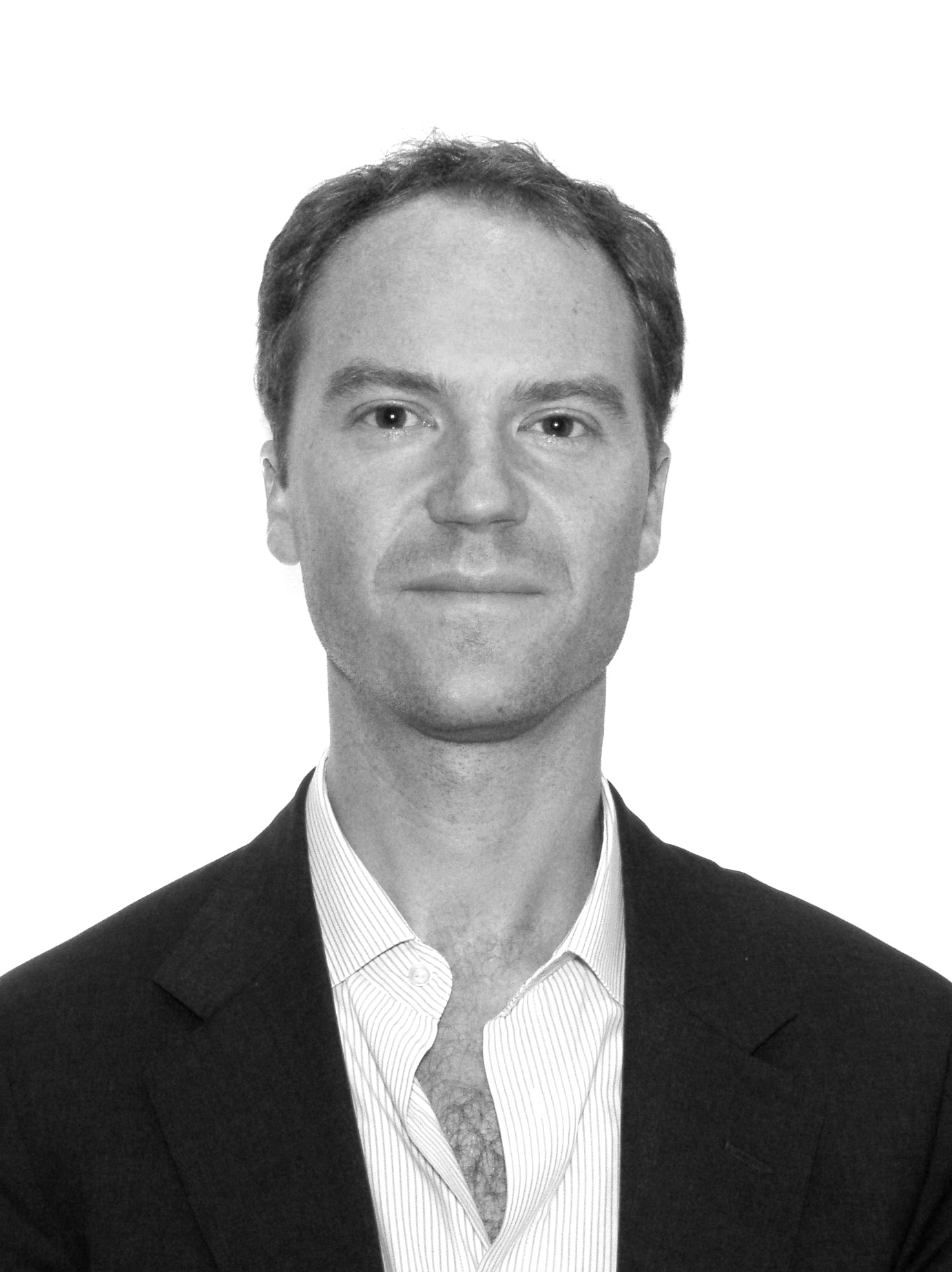
Nathan Clements-Gillsepie
Courtesy of Frieze
NCG: Toby Kamps (recently appointed director and chief curator of the Blaffer Art Museum at the University of Houston) looks not only at underrecognized artists, but also at bodies of work that may not have yet received significant attention, even though the artists themselves are better known. Galerie Lelong will exhibit early examples of Alfredo Jaar’s public protest works, made during the first years of the Pinochet dictatorship in Chile. These were not recognized as “art” by the regime, and went uncensored. Gallery Hyundai will show works by Lee Kun-Yong, a pioneer in the use of the body for art and performance.
WW: Collections, curated by Sir Norman Rosenthal, brings new types of work to the fair. What kinds of surprising objects will be unveiled this year?
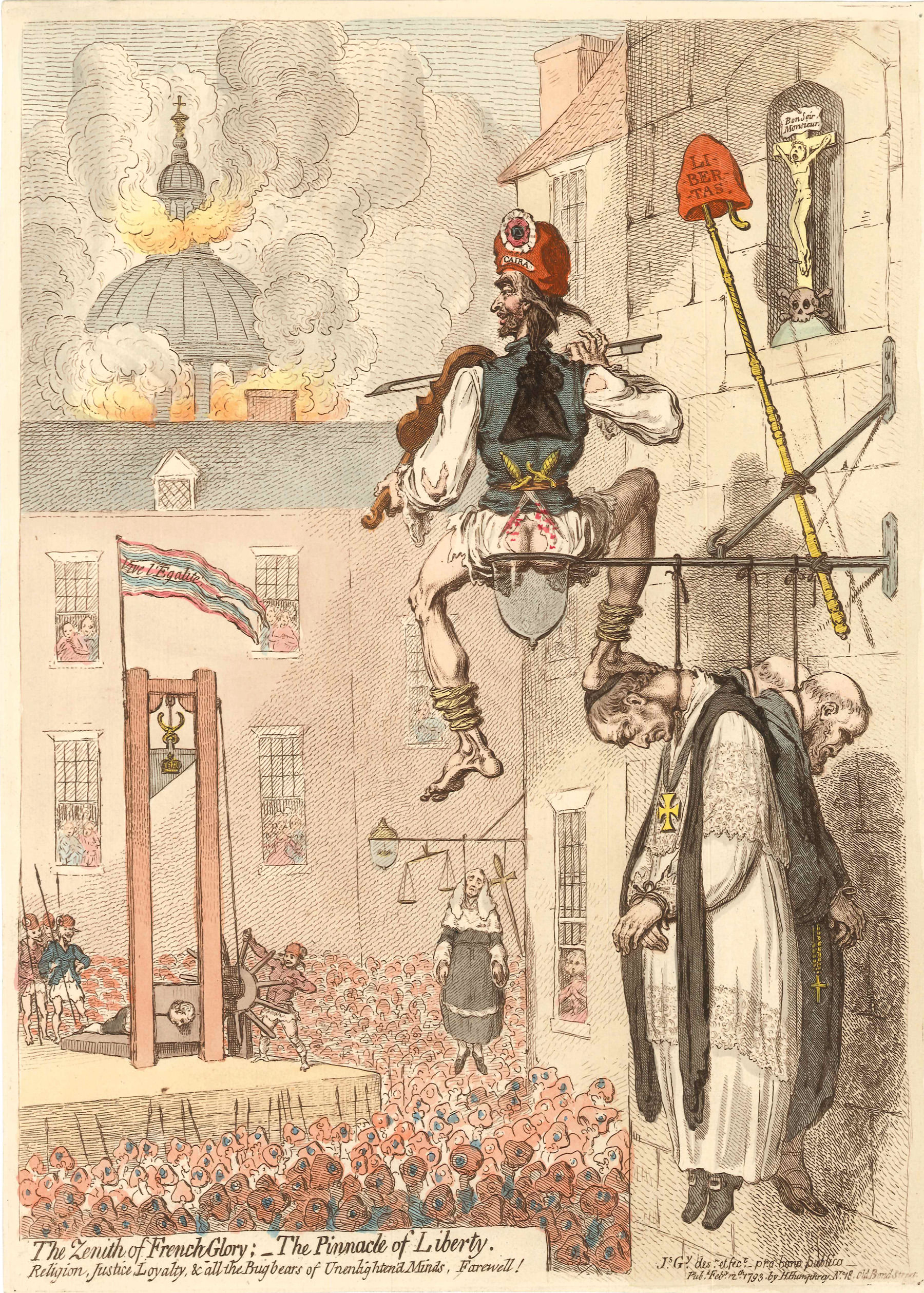
James Gillray
1756-1815
The Zenith of French Glory
1793
Etching &; engraving, with publishers watercolour
35 × × 25 cm
Courtesy of Andrew Edmunds
NCG: Make sure to see Paul Hughes, showing ancient Andean textiles from as early as 200 BC. Josef and Anni Albers both referred to Andean textile art as a great source of inspiration for their own work. Sir Norman has been working with Martin Doustar Ancient and Primitive Art on a presentation of 100 exceptional objects, to show us that things do not have to be large, or expensive, to be museum quality.
WW: Frieze Masters is a place for surprising encounters—it always feels like such a treasure trove. What are the rare pieces on view this year we might not expect to see within the fair context?
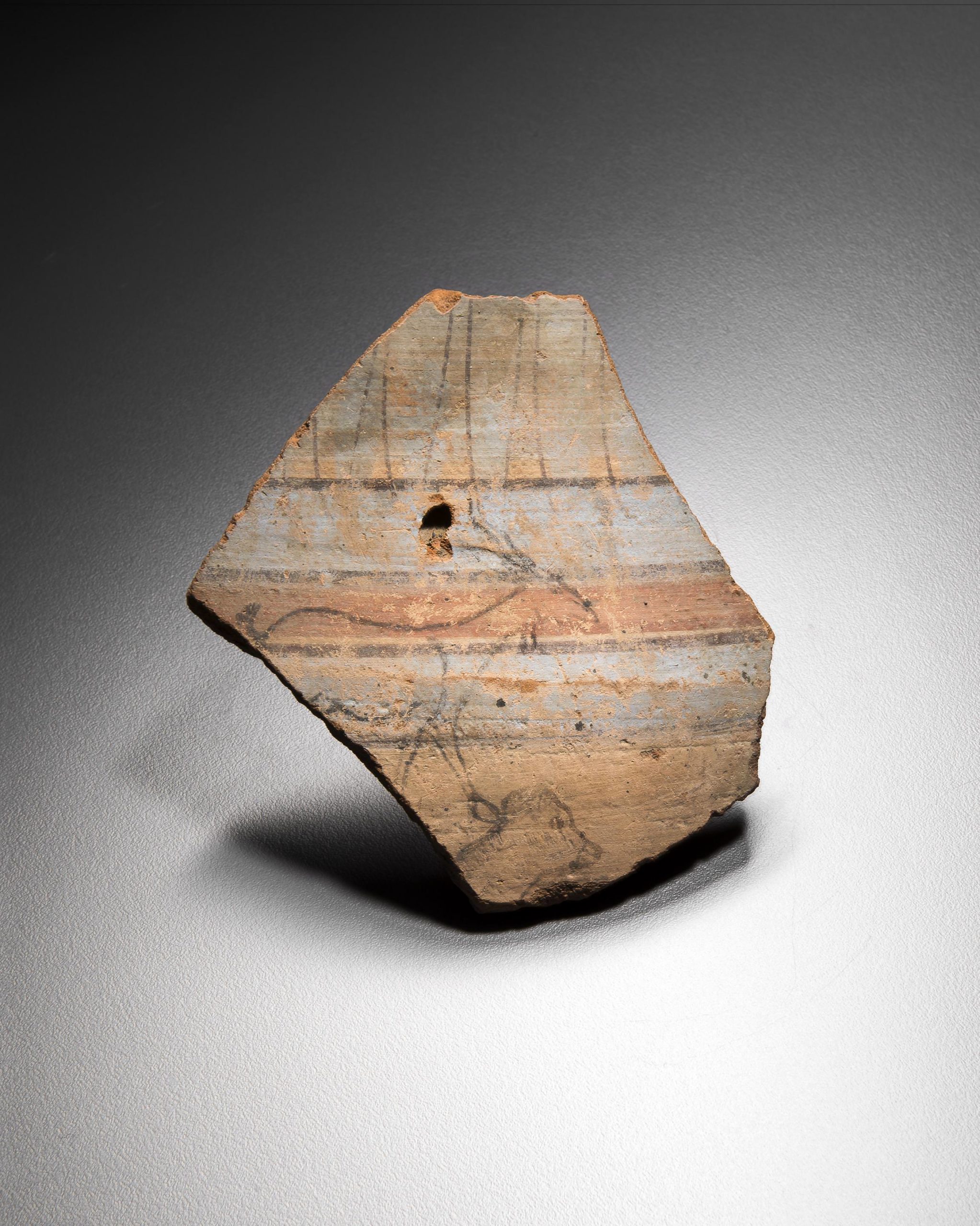
Egyptian, New Kingdom
Polychrome Terracotta Fragment with sketches of Animals;
Provenance: Ex private collection, France, established in the 1970s-1980s
1570-1085 BC
Terracotta, blue and red polychromy, black ink
12 × × 11.5 cm
Courtesy of Sycomore Ancient Art
NCG: Look out for Dr. Günther Rare Books with a compilation of medical, astronomical, and pharmacological texts created by the Dutch Magister Henricus Spijker in the 15th century, including notes written and signed by Spijker. Ariadne Galleries will bring an extremely rare ancient Egyptian bronze striding Apis bull, with electrum eyes and inscribed hieroglyphs.
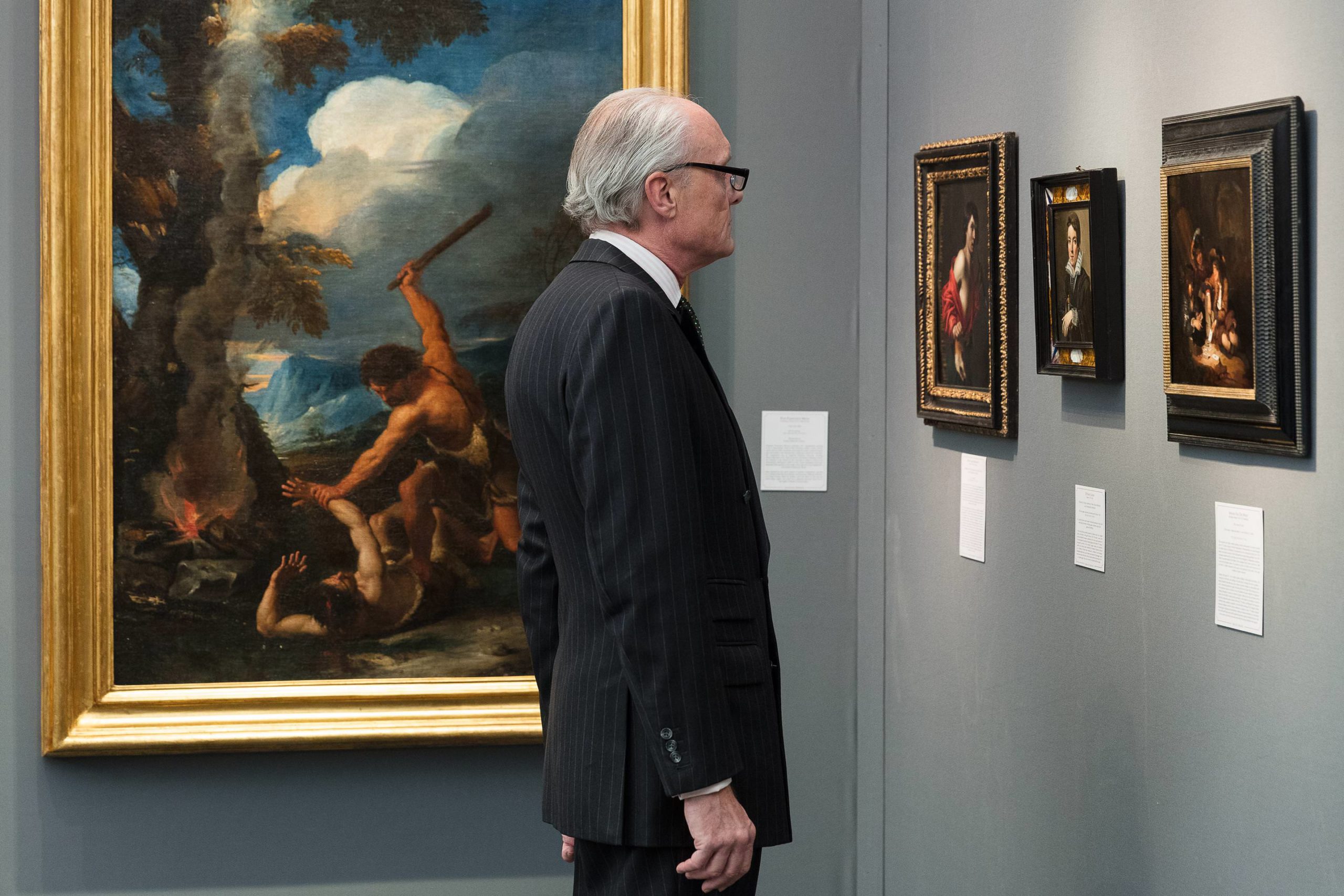
Frieze Masters 2016. Photography by Mark Blower.
This article appears in Whitewaller London & Paris, out this week.

